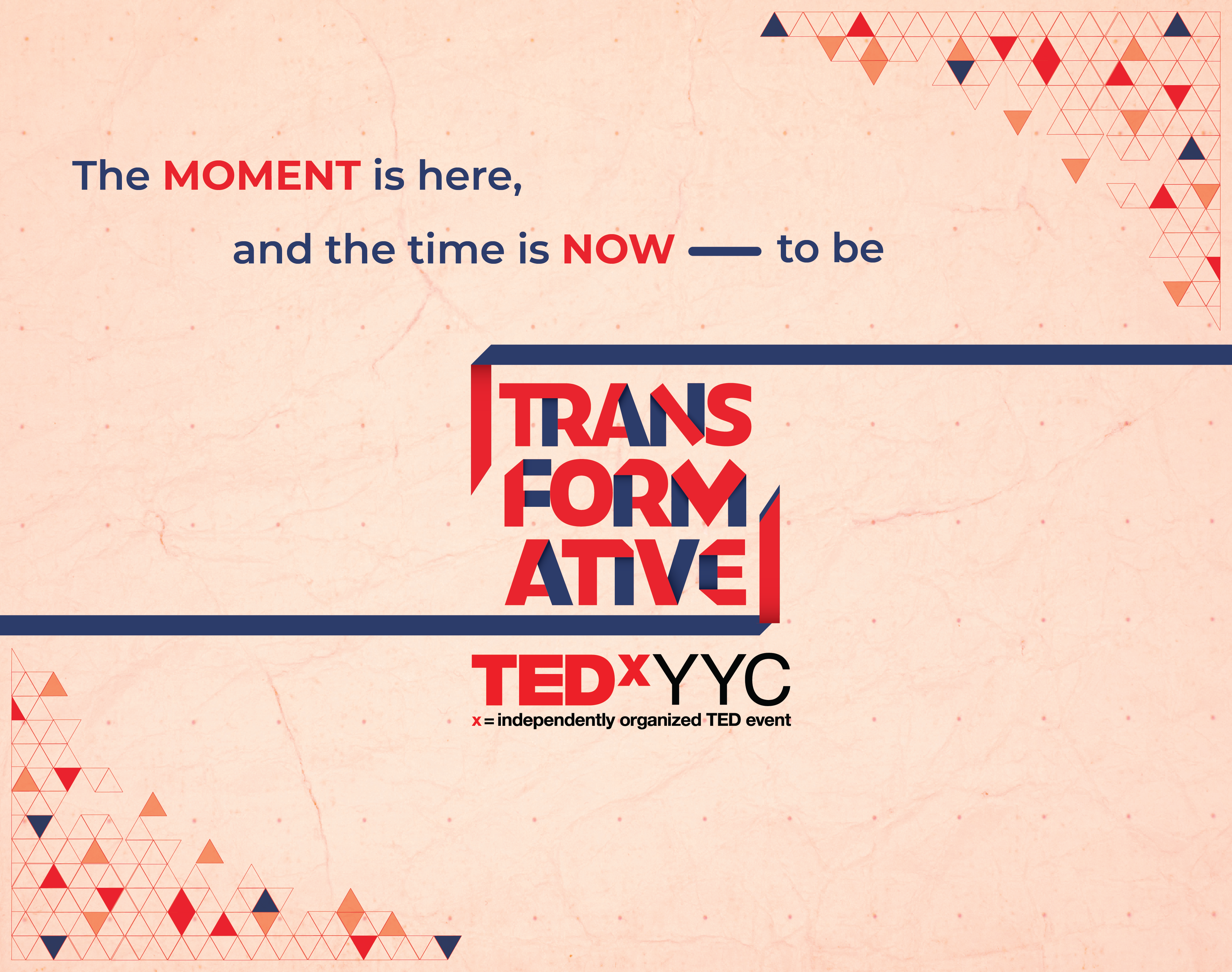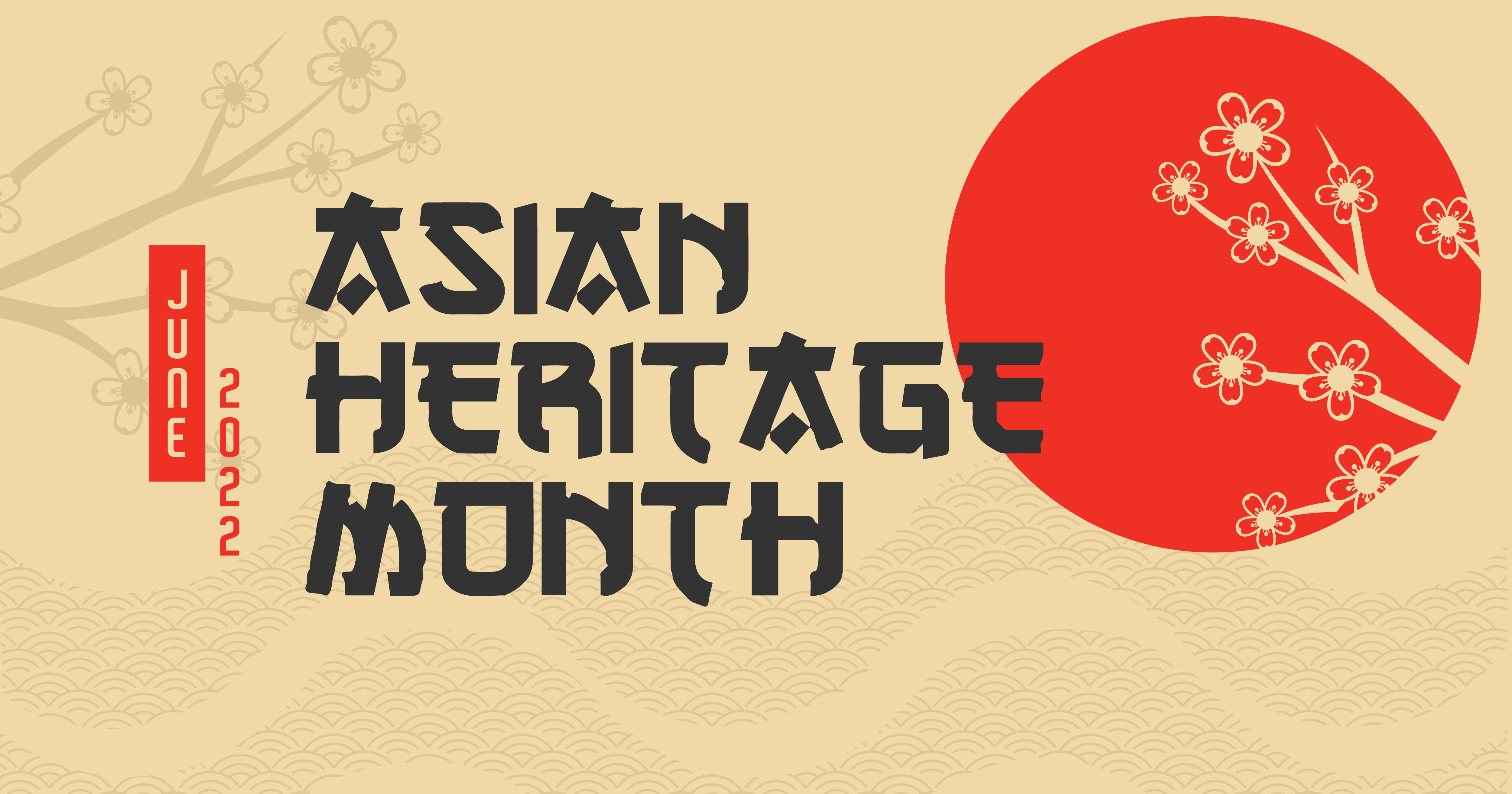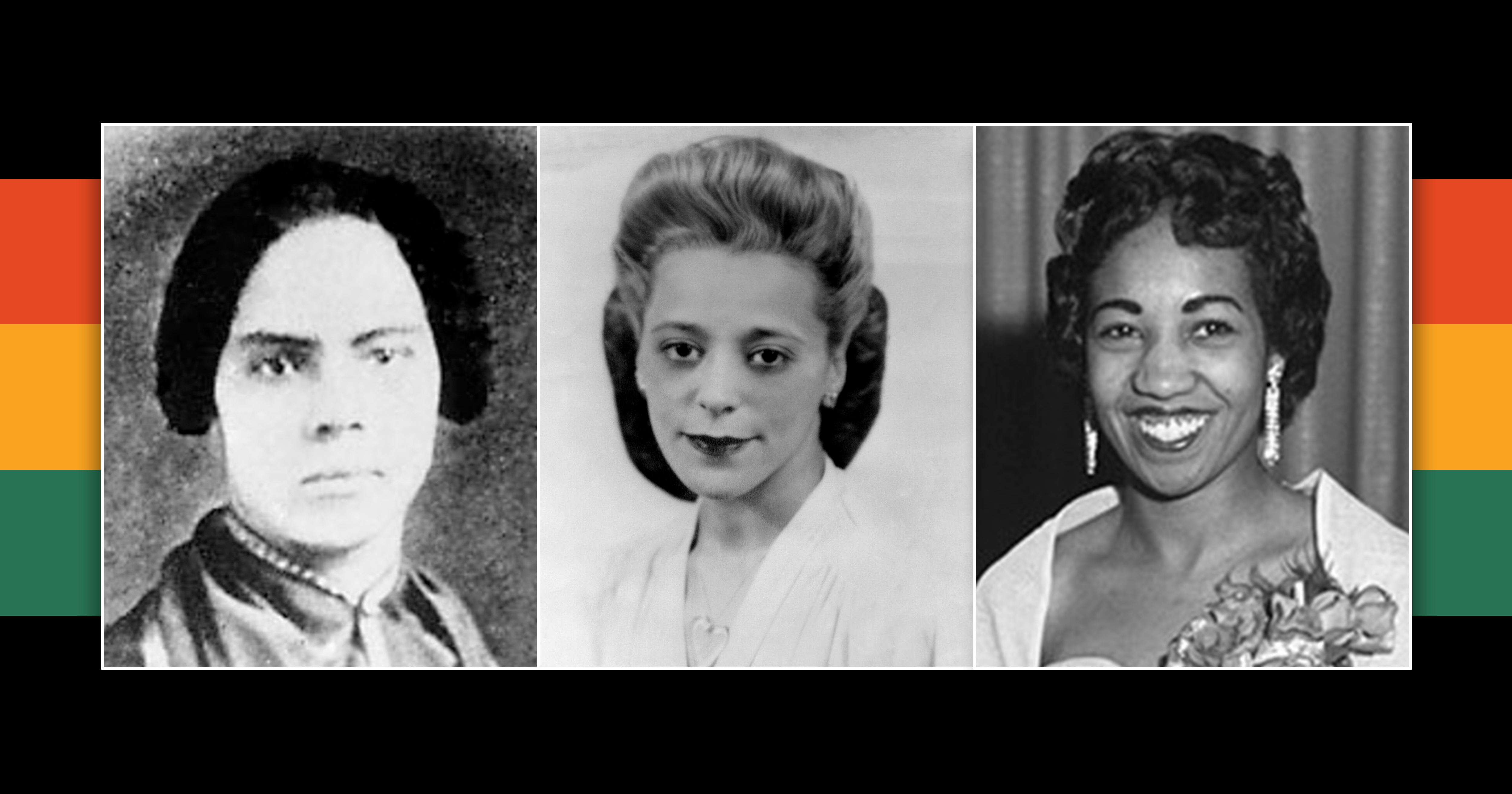Welcome to TEDxYYC 2019!
And we’re back for the second session, live from TEDxYYC 2019! You can read Live from TEDxYYC 2019: Part 1 of 2.
Attendees enjoyed a short break to enjoy the lobby activations, alumni panel, literary walk, and to enjoy a light lunch and snacks supplied by our partners.
Session 2 Speakers and Performers
Todd Hirsch
Todd Hirsch is a chief economist offering his insight into the shared economy, encouraging our audience to consider the abundance that exists when we live and share as a community. He talked about the economics of living in community, and asked, what does economics teach us about living in a community? He says, “Economists have traditionally spend a lot of time and energy worrying about solving financial poverty — But perhaps a more serious problem in our is people living in social poverty — those living in isolation, with no community or friends or family around them.” Isolation is a significant risk to our health, and Todd says “living with no social connections is as physically damaging as smoking 15 cigarettes a day.”
He said we need to show up in our communities and keep an eye out for those who are living in social isolation. You can reach out to people offering human interaction or support just to let them know they have people watching out for them. Show up in your community to strengthen the bonds within it, and offer what you have.
Philip Calvert
Philip Calvert works to mobilize communities to end slavery in our lifetime. He started his talk telling us about how quickly conversation stops when he discusses his work. Modern technology has brought us so much good, but we need to be aware that this technology targets the vulnerable. Modern-day slavery exists today, and there is rampant child abuse that happens via cybersex trafficking of children. The internet gives an assumption of anonymity, making perpetrators even bolder than usual. As a society, we need to be aware that this is going on and our technological advances have raised the risk for the most vulnerable among us – the children. Cybersex trafficking targets younger children than other sex crimes, and breaking the cycles of anonymity and impunity is crucial for us to be able to make a difference.
But instead of placing the focus on the perpetrators, Philip shared with us a moving story of a 7-year-old boy named Marco and his younger sister. Local law enforcement and rescuers from Philip’s organization were able to rescue these children. Today, Marco has gone through therapy and is living with his grandmother. He has a normal life and routine and will be slowly rediscovering his childhood. Philip underlined the significance of working to change the justice system to change the lives of children around the world.
Jo Anne Stratton + Sarthak Sinha
Jo Anne Stratton and Sarthak Sinha study precision medicine at the single cell level. Their goal is healthcare where there is no unlucky patient: the single cell era. They introduced their talk by discussing how advancements in medicine don’t benefit everyone equally. We are not all the same. They took to the stage to share a technology called single-cell genomics with us. Reducing complexity down to the single cell level allows them to study at a level of detail never reached before. Disease processes and pathology are revolutionized by this innovation. In 2015, the scientific community has started to pick up the pace using single cell technology.
What would help them further their research? Cells – if you’re asked to participate in a clinical trial, do. Capital – they want cash and time donated so single cell research and technology can be funded and expanded. They want this technology to be the standard of care. Capabilities – if you’re a young person planning your future, explore this area of study and research. Imagine a world where there are no unlucky cases in medicine. They’re inviting everyone to join their battle against disease and illness.
Morgan Hamel
Morgan Hamel is a fashion ethicist creating a new business model connecting women and brands. While she built her business, she became aware of how difficult it was to act as ethically as she wanted to. She used to think she was ethical. She studied ethics in university and worked in a corporate setting in an ethics role. During university, it was easy to say that a situation was unethical, but when placed in the situation herself, she was suddenly confronted with a sharp reality. She says she finally realized ethics are not black and white, and we need to dive courageously into the grey. As humans, our motivations are mixed. We are both moral, and self-interested. We often don’t see the ethical aspect of our decisions, and we often don’t make the decisions we think we would.
Why does this matter? Most times, because of our desire to either make or save money and our perception that ethics is a threat to that, those of us who think we are pretty ethical, don’t always live up to our own standards. Influencers are so swayed by compensation that we can’t really trust them. Consumers will only buy ethical fashion if it’s cheap enough, and right in front of them, and brands make the ethical changes they think they can afford, and then publicize the hell out of it. The result is that the cycle of relatively poor quality, fast fashion continues. Businesses and people are making decisions all the time, and we are not making tangible progress the way we could be. She was inspired to bring this into her own business and created a company connecting women and ethical brands. She uses Instagram as her storefront and sees opportunity in the new fashion economy. Businesses and consumers can both make better choices, and explore ways to make more ethical decisions in their purchases.
One Big JAM
We were treated to a performance by One Big JAM, a Calgary group that blurs lines between stage performance and audience party. With group members contributing improvised music to full collaboration, One Big JAM showed us just how much fun it can be to break expectations and simply enjoy music in the moment as it was being created right before our eyes. It wasn’t long before the audience was clapping along to the rhythm. Vocal stylings boosted the effects, and suddenly we were in full concert mode. What a party they brought to the stage! One Big JAM brought every sound and genre to TEDxYYC, and there was something for everyone in the audience. By the end, they had everyone on their feet joining in. What a show!
Robert Wolkow
An award-winning innovator, Robert Wolkow brings nano-fabrication into the spotlight – the ultimate green technology. Atomic-scale quantum physics, where they are building at the smallest possible scale. Atom-scale manufacturing – not just smaller, but different. Using minuscule amounts of material, we can make things that have very little processing or chemicals and are recyclable. We can make extremely efficient computers, which is so important because we need them. We all have a larger carbon footprint from our computers than from our flight travel. Who knew? The scanning tunneling microscope (STM) is the machine that allows them to see individual atoms. S.T.M. also stands for see, touch, move.
Robert says, “We’re building at the smallest conceivable scale; we’re building with atoms.” He also explained that “The trend that we’re on, using more computers for Artifical Intelligence, is using a lot of energy, so we desperately need computers that are more efficient.” Automation is the last piece of the puzzle. He wanted to make practical devices that would actually make a change in the world. “Greenest, fastest, smallest stuff we’ve ever made. We’ve made an atomic scale device as the transistor was to the vacuum tube.” Robert says this revolutionary innovation could save the planet.
Dave Proctor
Dave Proctor is a world-record holding runner in a race against rare diseases. Dave started off his talk asking, “how far would you go for the health of your child? The answer is, as far as your heart will take you.” Their family spent six years in a long journey trying to get a diagnosis for his ten-year-old son, who has Relapsing Encephalopathy with Cerebellar Ataxia. Dave recognizes that his boundaries seem endless, while his son lives with an unfair amount of limitations on his existence. He runs to raise money for awareness of rare diseases in Canada. He realized that incredible things were happening in his body as he pushed himself further and further.
Science continues to uncover what the human body can truly do, and Dave says we need to carefully consider just how easy our lives are in this first world. We live a life of comfort, but our bodies were built for far more. These capabilities exist within us, just waiting to ignite. Dave believes in the human adaptive model and knows science is still discovering what our bodies can do. But in the end, he believes his outstanding achievements came from the love for his son. Life and love make us explorers of our limits. For whom and how far would you go to discover your limits?
Paul Brandt
Singer, storyteller, and philanthropist Paul Brandt combines unconventional creativity and inspired action in his talk called “The Art of the Pivot.” In basketball and in life, trouble is inevitable. We need to learn to pivot because indecision is not an option. The pivot ignores what seems to be impossible, and looks for new and better options. It takes hope, faith, and perseverance. He shared what he learned from a life long love of basketball – that the art of the pivot was everything. Through his life, Paul has figured out that being able to pivot is what brings us to the best things in life.
“The pivot ignores what seems impossible, and asks the question “While circumstances are not ideal, what can I do in the meantime?” The pivot actively and positively looks for better options. What is it that keeps you in the game? Is it self-determination? Competitiveness? Is it science? Is it God? What is your source of strength, and is it trustworthy, is it dependable? How’s it working for you? Pivot-based response based on principles is always worth it, even If you lose the game. Stand your ground, be authentic. Maintain a teachable spirit, work hard, and play your own game. It always pays off. Standing your ground is the hardest pivot of all. Maybe you’ll find a new game, maybe you’ll find a new way to play the game. Maybe you’ll redefine success. Whatever challenges you’re facing, now is your time to dig deep stand strong and pivot.
Paul also shared stories from his humanitarian efforts to fight human trafficking. He was so moved by the stories and what he learned of the work, that it became a new focus for him. We need to know there is a movement afoot to make a change. The victims of human trafficking are depending on us to create change. We can find a way.
Jim Button
Jim Button took the stage to share an idea: “I am here. The question is why.” Now going through his fifth round of cancer, Jim doesn’t use words like “battle” or “fighting” when it comes to his journey with cancer. He doesn’t want to live a life that is only measured by how long he manages to live, rather, he pours everything he can into making sure that each day matters. He says he has always been positive, but how he is living this journey has totally changed how he views this perspective. His journey has allowed him to explore how mindfulness and meditation and other approaches have improved his experience.
He shared with us how he tried visualization to counteract the growth of the tumour on his pancreas. Giving humorous examples of how these visualizations came to life for him, Jim shared his path through science and spiritual energy. This has given him the freedom to live his life and share with his community in unique ways. Instead of worrying, he can share his journey. The more we share our stories and lives and community, the better off we all are. Jim says, “science is the boat, mindfulness is the wind that keeps the sails full.” Jim now spends his time building his legacy, living his life, loving his family, and connecting with his community both at large and one on one. His hope is that we don’t wait for a catastrophic moment to realize that our mindset counts for so much.
Thank you from the TEDxYYC 2019 team
A big thank you to Tim Tamashiro, who as event host, led us through a day of ideas, inspiration, and possibility. He kept everyone coordinated and brought us great energy between speakers.
Thank you to the partners, speakers, committee, Arts Common staff, and event day volunteers who made this day so amazing! The energy in the building was truly contagious, and we’ve loved bringing this event to life for all of you. All of our speakers had ideas worth spreading, and we hope you take away much inspiration to explore all the unlimited possibilities that exist in your life!
Thank you so much for joining us, live at TEDxYYC 2019! If you’ve got a TEDxYYC 2019 after-party ticket, we’ll see you there!
See you next year at TEDxYYC 2020!


